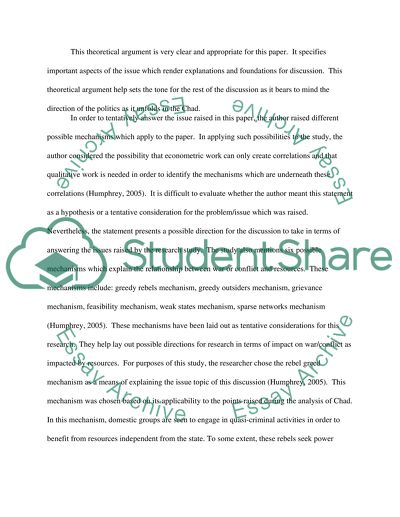Cite this document
(“Natural Resources, Conflict, and Conflict Resolution Research Paper”, n.d.)
Retrieved from https://studentshare.org/miscellaneous/1415803-natural-resources-conflict-and-conflict-resolution
Retrieved from https://studentshare.org/miscellaneous/1415803-natural-resources-conflict-and-conflict-resolution
(Natural Resources, Conflict, and Conflict Resolution Research Paper)
https://studentshare.org/miscellaneous/1415803-natural-resources-conflict-and-conflict-resolution.
https://studentshare.org/miscellaneous/1415803-natural-resources-conflict-and-conflict-resolution.
“Natural Resources, Conflict, and Conflict Resolution Research Paper”, n.d. https://studentshare.org/miscellaneous/1415803-natural-resources-conflict-and-conflict-resolution.


